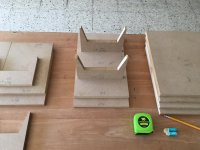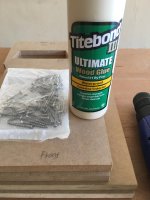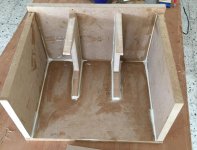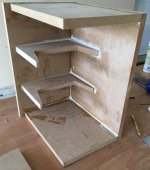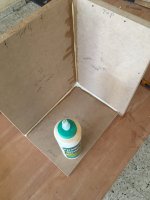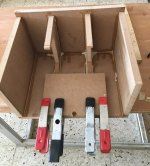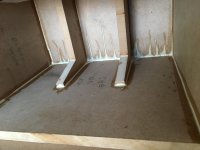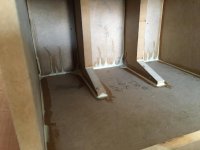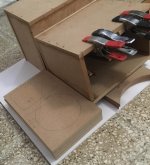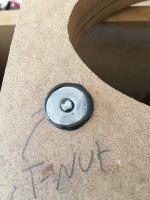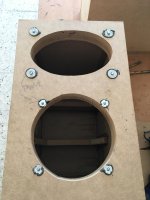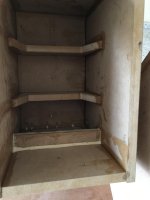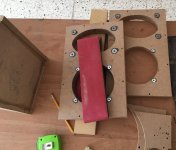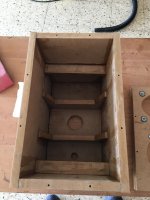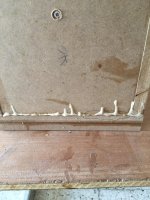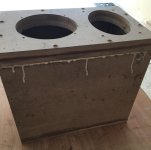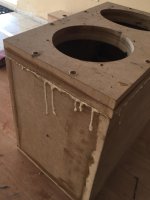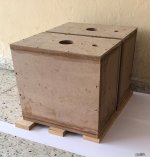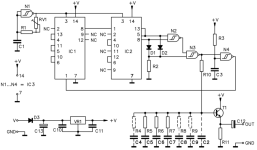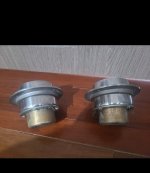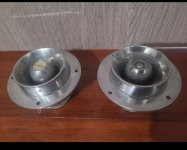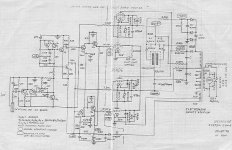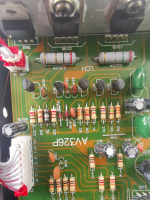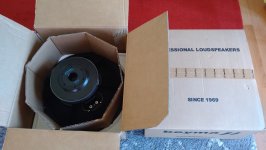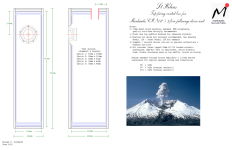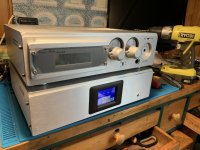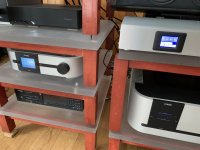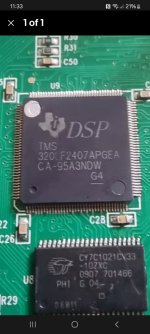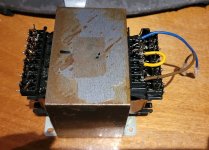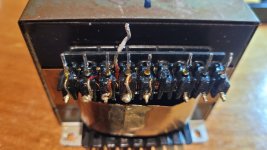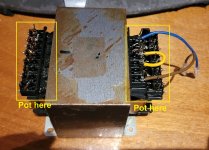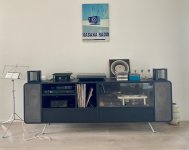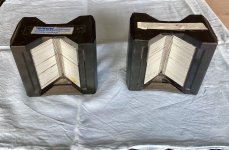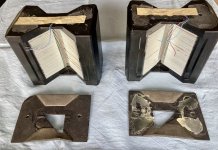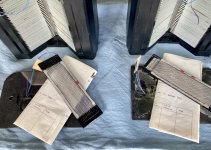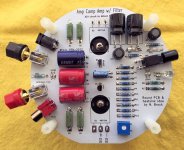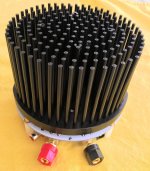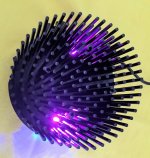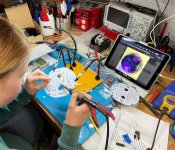[notice : I'm not affiliated to any vendor. I paid my Stealth and this is my personal review and opinion]
My previous main music player was a Raspberry 3B, with a 7" display and the plastic case. I added a linear PSU for good measure. It runs
piCorePlayer, which with Squeezelite and Jivelite made the perfect player for my
LMS setup. My LMS instance runs within a docker container, on a Proxmox VM. As audio output, I own a Teac DAC UD-503, which serves as preamp, with a CD player on its optical input, a phono preamp on its line input, and the piCorePlayer feeding its USB input.
My main amplifier is the
engineer amp from Pete Millet, almost as originally designed, albeit with Toroidy PT and OPTs. The speakers are
Elsinore, which I could buy from Helmut, a german "neighboor" who is active on diyaudio.
This setup has been very stable, quick to boot, most of the time stable and reliable. I use Squeeze Ctrl application on my smartphone, or the full GUI of LMS, and seldom the touch screen, as the player is low on a rack, and not really within reach to skip/forward/etc. In my work office, I have an old Squeezebox Touch that feeds a SE amplifier from Elekit and small Magnat desktop speakers.
Someone visiting me once said, "it looks all very nice, but this cheap plastic player doesn't belong within sight". So when Vincent started to propose his "Stealth" player on diyaudio vendors bazaar, I was tempted. So I contacted Vincent and ordered a V3 player. I paid the full price and this is my honest review. Vincent has always be very quick to answer, before and after delivery. The delivery took about 2 weeks, Christmas period didn't help. The package arrived in excellent condition. Within the box, everything was very well packed, in separate labeled boxes and bags. The component looked excellent quality, and the metal work is extremely well done. Everything CNC, well adjusted, well-designed with exactly the appropriate tolerances to enable a mount that looks good and doesn't need any filing or fiddling.
I took my time to build it, not being in a hurry, and wanting to do a good job, eg cleaning the PCBs after soldering, etc. I relied on the BOM and video that made almost everything clear. When it wasn't, Vincent answered my questions quickly.
And then came the software part... basically, the setup is a Raspberry 4B, with a HDMI display (
Waveshare 7.9). Vincent provides some pre-customized images that can be copied to a micro-SD card. There are Dietpi with LMS, Moode, Volumio. My own goal was to use piCorePlayer again, as I like the extremely fast boot and run-from-RAM, which allows for a power-off with any prior shutdown, without risking to corrupt the filesystem on the SD card.
The quirks are in the way the Waveshare 7.9 display must be configured. It's easy (some edit of config.txt) to get the OS console to show up. However and despite my efforts, I could not get Jivelite to work. I asked its author, I asked the communities, I read many pages, and found out, some other people had the same exact issue. Basically, and until today, Jivelite does not work on this HDMI display. It's a shame, as it uses the framebuffer directly, not X, and is light and fast, without any mouse or other artifacts.
So on to test other distributions. I looked at Dietpi+LMS, but no, I already have LMS. I need a player, not a server. Then Volumio, which I didn't really liked (personal taste, it's certainly a good piece of software). I then tried Moode which worked almost out of the box, has a nice community and support forum, and seems to be just about what I need. I can't do any A/B test, as I plan to continue using my Teac USB DAC, I do not expect the sound to change much, but I haven't got golden ears either. I now run a pre-version of Moode 9, which required very few changes to work with the Waveshare 7.9 display. The whole setup sounds and looks good, no complain anymore, a friend even asked if I would build a Stealth for him
🙂
So basically this is a great hardware offering for those who want a good-looking Pi and screen but do not want to be locked in proprietary hardware and firmware world. The kit is probably not for beginners in diy electronics, but for anyone having build electronics before, it's perfectly doable, thanks to the great attention to details by the designer Vincent.
Below some pictures.
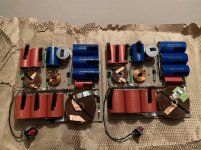
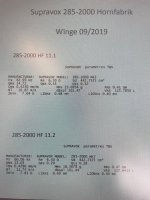
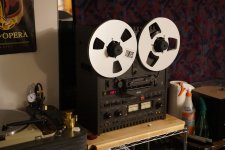
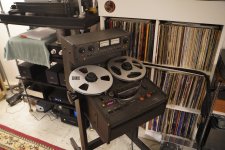



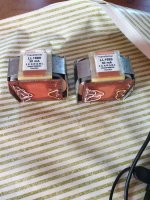
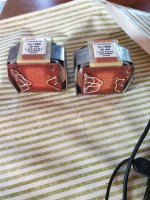

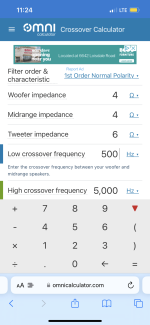
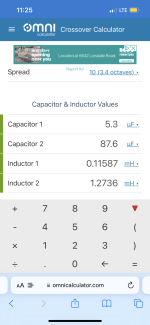

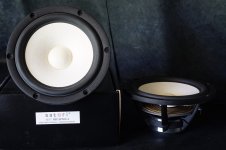
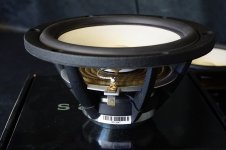
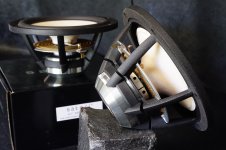
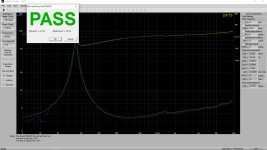
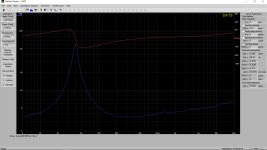
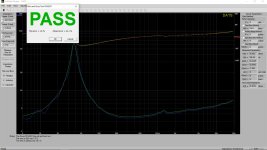
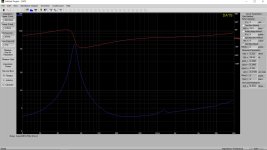
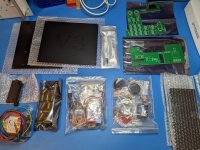
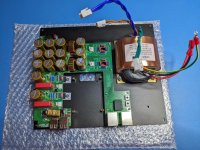
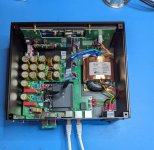
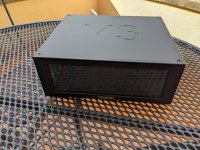
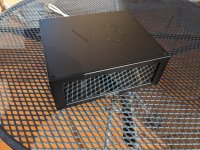


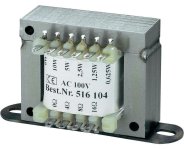
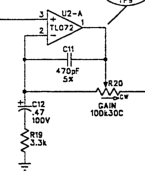
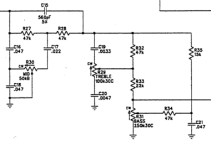
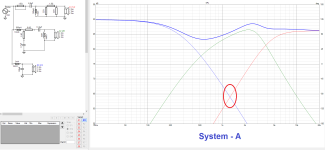
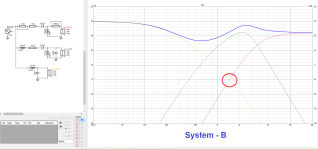

 , this time opted for a simple/minimalist 12dB crossover in regards the initial speaker intended use, also the crossover was tuned slightly V-shape on purpose/personal taste with few dB's recessed mids, and of course the passive crossover build was hugely simplified thanks to
, this time opted for a simple/minimalist 12dB crossover in regards the initial speaker intended use, also the crossover was tuned slightly V-shape on purpose/personal taste with few dB's recessed mids, and of course the passive crossover build was hugely simplified thanks to 